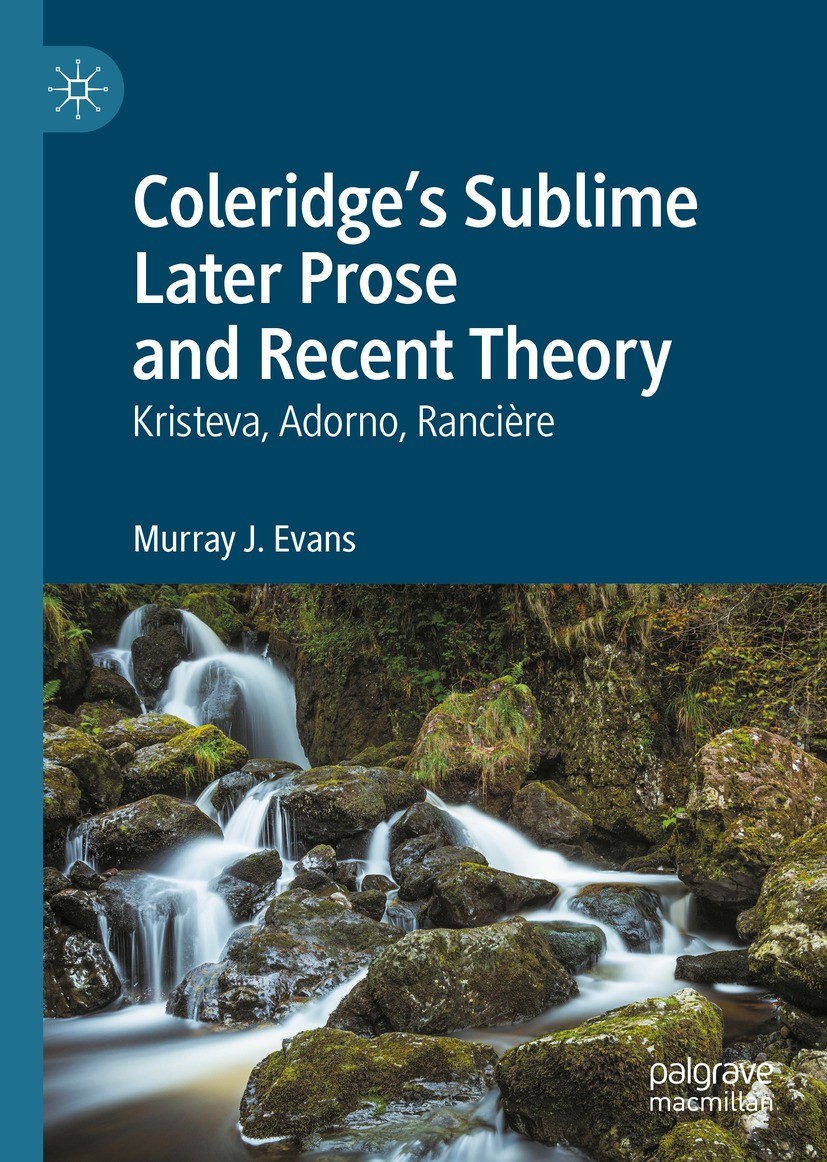Poetry and Prose
A selection of Coleridge's poems
Samuel Taylor Coleridge wrote some of the best known poems in the language – Kubla Khan, The Rime of the Ancient Mariner, Christabel, Frost at Midnight. His brief but unique collaboration with William Wordsworth produced Lyrical Ballads (1798); these poems presented new kinds of subject matter in a new way of writing, ‘the real language of men in a state of vivid sensation’, as Wordsworth put it, which helped to break the mould of the stiff, formal classicism of the 18th century, marking the beginning of the Romantic movement.
Relatively little of Coleridge’s work was published in his lifetime. Now, at last all in print, his collected works, his notebooks and his letters take up yards of library shelving. Unlike Wordsworth, Coleridge was not a professional poet. That is, he did not consider his primary task to be the writing of poetry: both by reputation and instinct, he was a philosopher first. He had epic ambitions (largely unrealised), but most of his poetry was unplanned and incidental. He himself treated it as such, though after the publication of his collected poetry we can now see it as a more coherent whole.
Coleridge had no such sense of his work, and mocked himself in the title of his first collected edition, Sybilline Leaves (1817) – he saw his poems as the leaves of prophecy scattered by the sybil on the winds of time. However, he did become a major poet, if only for a handful of poems. Those given below include the best-loved and best-known, and also represent the full range of his work, from his earliest to his latest. Despite his difficulties, to the end of his life Coleridge’s poetry bears witness to his spontaneous delight in the world around him.
Dejection: An Ode (1802)
Lamenting the loss of poetic power, it is a well-noted irony that this is one of the great Romantic poems. It is, in Jim Mays’ words, a reconstruction of an original verse letter written for Sara Hutchinson (PW 289). It is much shorter — some 140 lines against the 340 of the letter ― and it is organised to create a different effect. But in both there is an imagined resurgence, which occurs earlier in Dejection than in the verse letter, and weakens its power, having only a vicarious echo in the final stanza. It is a poem to read in conjunction with Wordsworth’s Immortality Ode (each bore on each) and readers may ask which, finally, is the most hopeful of the two poems. PW 293, July 1802





